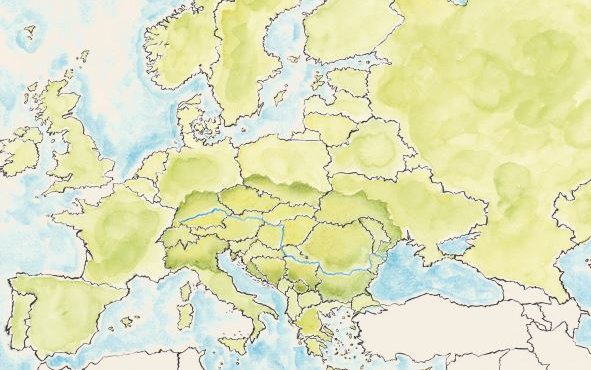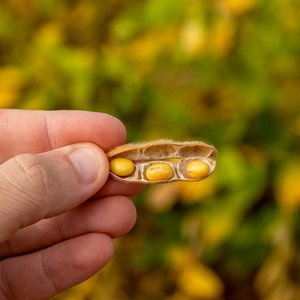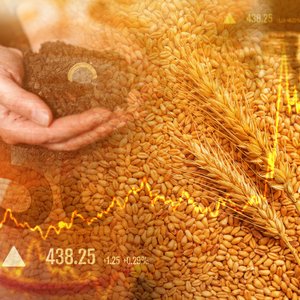Ukraine is the biggest and most important European soy supplier of animal feed for the EU’s livestock industry. The soy cultivation area there could expand to 2.2 million hectares in 2024, which is a plus of nearly 20% compared to last year. The soy output could reach as much as 5.5 million tonnes in 2024, depending on weather conditions. Also, the soy area in the EU is projected to grow by up to 10% to an all-time high of up to 1.15 million hectares.
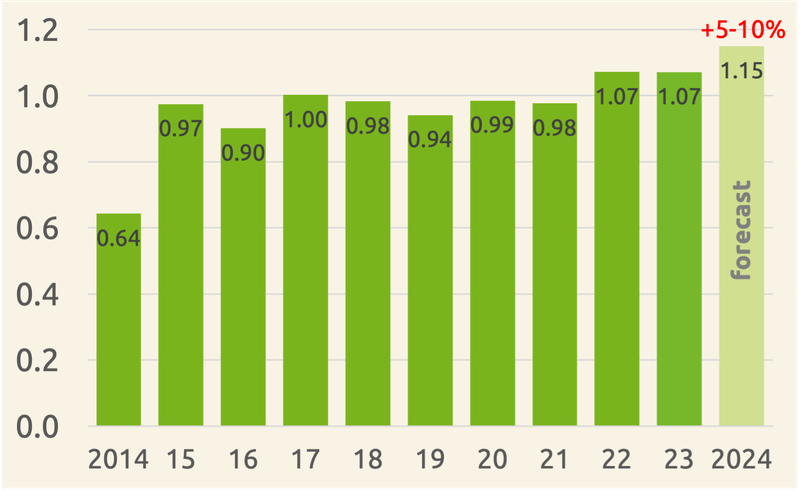
Soy area in the EU
These numbers were presented in the new April edition of the market report by Donau Soja. “We need Ukrainian Donau Soja certified soy in the EU to fill the so-called protein gap with deforestation-free and GMO-free soy, compliant with the new EU Deforestation Regulation (EUDR), which is supposed to enter into the application at the end of December 2024. Currently, the EU’s soy self-sufficiency rate is only 8%, posing a threat to the EU’s food security. Donau Soja certified soy imported from Ukraine and certified soy grown in the EU are produced under the same requirements, hence providing a level playing field for soy farmers in the EU and outside the EU,” said Susanne Fromwald, general secretary of Donau Soja.
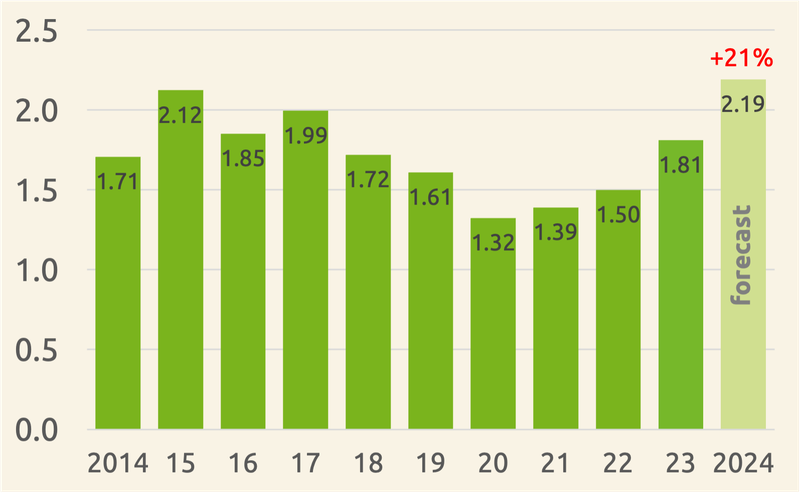
Soy area in Ukraine
Positive trends and outlook for 2024
There are several reasons for the positive soy forecast for 2024. Experts of Donau Soja expect that higher market prices and margins of soybeans in comparison to other crops make soy cultivation more attractive to farmers in this season. The current relatively high prices for fertilizer and energy also encourage farmers to sow more soy, which is a less energy-intensive crop. Furthermore, the rainy autumn from October to December 2023 drove farmers to shift some of their planting from winter crops to spring crops.
Finally, Donau Soja expects a growing demand for deforestation- and GMO-free and regional soy supply because of the EU Deforestation Regulation (EUDR). The new EU regulation is expected to increase the competitiveness of European soy in comparison to Brazilian soy with a higher deforestation- and conversion risk. Companies start looking for solutions for proven deforestation-free soy.
“On the other hand, a delayed implementation of the EUDR might also jeopardize the European soy production in 2025. There is still a danger of a dropdown in soy cultivation for the harvest in the next year because of the unclarity and insecurity of the details and the process of the implementation of the regulation. We urgently ask the European Commission to get the EUDR information system operational and link it to existing (national) agricultural and traceability systems. Farmers, processors and the retail industry need legal clarity and no double or over-bureaucracy,” warned Fromwald.
The total production of soy is expected to be around 397 million tonnes globally in 2024. The EU imports about 35 million tonnes of soy every year. The biggest amount of these imports is non-certified soy from overseas countries like Brazil, where important ecosystems such as the tropical savannahs Cerrado and El Chaco in Paraguay and Argentina are under pressure of deforestation, degradation and conversion. “With increased support and usage of European soya, we can reduce the pressure on these valuable ecosystems”, Fromwald said.


